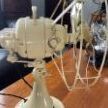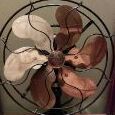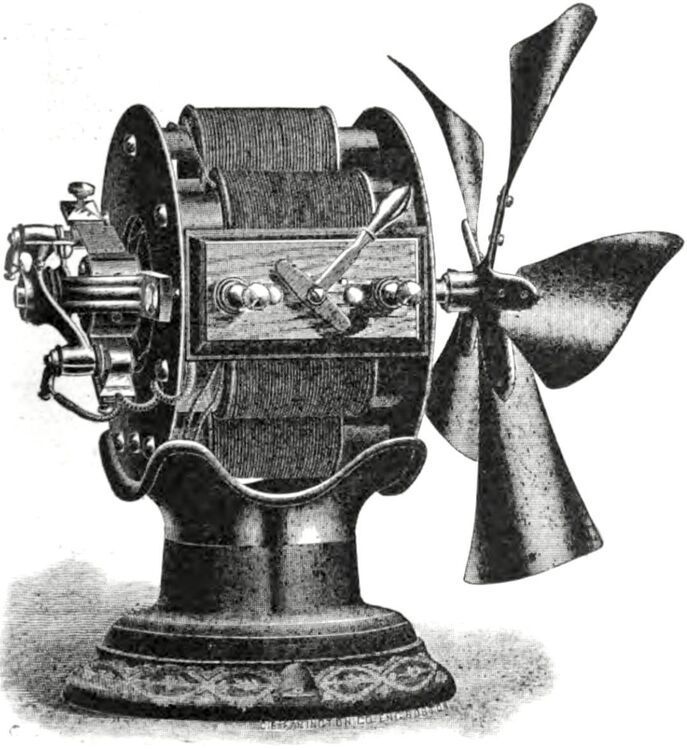All Activity
- Today
-
Rick Martin joined the community
-
Patrick Deighton joined the community
- Yesterday
-
Michael Bouthiller started following Kim Frank
-
Tuck Pierce joined the community
-
Andrew Pohorence joined the community
-
Gary Hilton joined the community
- Last week
-
Lawrence White joined the community
-
Nicholas Homziak joined the community
-
Todd Kieninger joined the community
-
Jay Kosko joined the community
-
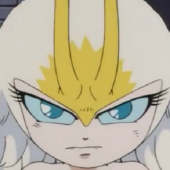 Elise Pegg changed their profile photo
Elise Pegg changed their profile photo -
Marc there's a list somewhere on the old site that's got to be in the archives somewhere. Someone went through each year and documented the blade types. If I recall correctly there are two years where they changed the factory location the ivory jubilee was made at for some kind of building renovation/wartime production for a couple years. The ivory jubilee made at the new factory differed. It might have been because of wartime production the fans were made in a different factory and why the materials changed. After a couple years though the ivory one goes back to blades similar to before.
-
Awhile back I picked up this Westinghouse vane at the NJ fan meet. It’s missing its vane but I got one coming. The fan does run but someone did a horrible soldering job on the commutator. This will be a fun one. Will go nicely with my feathervane when that’s done. att.oHYsLzLrAQ--PlQbAgEFR0araXZYnLAoVyzTOiUcNuw.mp4
-
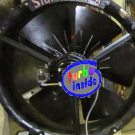
Kimble Electric/Cutler-Hammer Heavy Duty 10 Position Motor Speed Control
David Allen replied to Russ Huber's topic in Box Fans, Belt Drives, Circulators
That is very cool; and thanks for the mention! Some of these had a capacitive dropper circuit located in the lower portion of the box. It appears yours had something there which has been removed, based upon the cut wires visible in the box. It could have been an autotransformer, multi-tap choke, or capacitive dropper. I am sure it could be rebuilt if necessary! The fact that all works are missing opens up opportunities to customize it without losing originality. Sincerely, David -
That’s a great display of all of your fans. As always impressive, and you have to like the piano backdrop.
-
The whit neutral wire from where? Need to be a little more specific. Although lane and Stan pretty k in covered it
-
Just give it a go yourself. “Out of balance” is typically just bent out of shape….not necessarily that one or more wing is heavier than the rest etc. you can just rest your finger firmly on the cage such that it just barely contacts the blade. Spin the blade by hand and see which ones touch or don’t touch your finger. Typiclly I spin the blade and then slowly inch my finger in and see which one bumps first. Do the same from the back. It can be awkward trying to bend the blades as needed through the cage but it is doable. If you remove the cage then you need to rig up a sort of jig on which to rest your finger. Search in YouTube for antique fan blade balancing. I have a few vids using my finger and also a jig I made using wood and clamps and a trammel and a pencil. Here’s one.
-
Update on the automotive valve guide insert used to restore worn spherical bearings. It works. I used K-line brand liners. A few points to note: The original bearing will be thin after boring it to accept the liner, even though the wall thickness of the liner is only 0.015", after drilling the bearing to accept the liner I managed to crack it, as the bearing wall thickness is reduced around the pin slot and the non spherical end portions of the bearing. More care would have prevented this, but I was able to solder the cracks and save the project. The shaft on the motor that I was working on was .003" undersize in the wear zone, so I intentionally drilled the bearing undersize to cause the liner to be tighter. Honing was required to allow the unworn part of the motor shaft to be lightly pressed through the liner to the worn bearing surface of the shaft, I achieved 0.001 to 0.002 running clearance. Honing can be accomplished using an appropriately sized mandril (twist drill shank) spiral wrapped with a 320 - 400 abrasive paper strip. A lathe is the tool of choice for performing the operations, although great care with a drill motor may produce acceptable results, possibly using a vise to hold the twist drill and chucking the bearing in the drill motor, and a full assortment of fractional, letter, and possibly number drills, stepping up to the finished bore size to accept the sleeve. I suppose that it should be mentioned, a measuring tool is required, a $15 digital caliper accurate to .001 should suffice, if one uses it with the proper "touch". (It should not need mentioning, cut the sleeve to length and debur) Lastly, drill the hole in the liner for the oiler wick and debur.
-
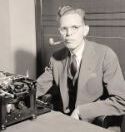
Kimble Electric/Cutler-Hammer Heavy Duty 10 Position Motor Speed Control
Russ Huber posted a topic in Box Fans, Belt Drives, Circulators
Kimble and Cutler-Hammer go way back. I bought this motor speed controller thing years ago. I am not sure how old it is. No patent numbers or images of it in the books. What I am sure about is it is built like a tank. The rotary switch is heavy duty and snaps into each individual speed position (10 positions starting with OFF) with force. I don't have a clue how it did its magic operating a motor. If someone like David Allen, or whoever is interested in it, feel free to message me. I am not seeking stupid money, just someone to love or make use of it. 🙂 -
Not coming up for me either.
-
GE Six-Blade Array - mystery to me
Todd Adornato replied to Todd Adornato's topic in Pre-1950 (Antique)
Looks like quite a few styles with six-blade arrays. Thanks for the info! -
.thumb.jpg.5936a8250964aa26a7e866d5f7e3e354.jpg)
GE Six-Blade Array - mystery to me
Anthony Lindsey replied to Todd Adornato's topic in Pre-1950 (Antique)
Here is a link...... and what do you know. It takes to the AFCA website and a post by our esteemed guru of fan information... Russ!! -
.thumb.jpg.5936a8250964aa26a7e866d5f7e3e354.jpg)
GE Six-Blade Array - mystery to me
Anthony Lindsey replied to Todd Adornato's topic in Pre-1950 (Antique)
If you google Westinghouse fan Style Numbers will get multiple links to click and see catalogs with style #'s and other information like blades, volts, cycles etc. -
GE Six-Blade Array - mystery to me
Todd Adornato replied to Todd Adornato's topic in Pre-1950 (Antique)
That brings me back to my question - which models of Westies are set up specifically for 6-blade arrays? -
-
.thumb.jpg.5936a8250964aa26a7e866d5f7e3e354.jpg)
GE Six-Blade Array - mystery to me
Anthony Lindsey replied to Todd Adornato's topic in Pre-1950 (Antique)
Well you could and it would work but........... 4 blade and 6 blade fans are designed to spin at different speeds and specifically designed for each. Their not designed to be interchangeable but yes you could get away with it. -
-
GE Six-Blade Array - mystery to me
Todd Adornato replied to Todd Adornato's topic in Pre-1950 (Antique)
So, any stamped steel Westy? It doesn’t matter if you slap a four-blade or a six-blade onto any such fan? -
Yeah….but in the second or third paragraph it talks about attaching the blade and cage and osc link….hard to belive the buyer would be assembling it….and no detailed instructions on how to do that (admittedly pretty self explanatory I guess, set screw and all being a non screw on single bearing fan). That’s sort of what got me thinking about it being for shops (retail, service, etc). people were more capable then I guess lol. Like that meme floating around that says “70 years ago the owners manual of a car told you how to adjust the valves nowadays it tells you not to eat the contents of the battery” lol Anyhow…
-
You were correct, Stan. I took the Vortalex apart and cleaned the bearings. No more noisy fan. He gets to stay inside--no banishment to garage! Dumb question, but when reassembling, does one leave a little play between the fan blades and the housing or should you snug it up with no play? Rob
-

GE Six-Blade Array - mystery to me
Michael Bouthiller replied to Todd Adornato's topic in Pre-1950 (Antique)
It could be for a stamped steel Westy -
GE Six-Blade Array - mystery to me
Todd Adornato replied to Todd Adornato's topic in Pre-1950 (Antique)
Thanks for the info. So, what models would this be suitable for? -
GE Six-Blade Array - mystery to me
Nicholas Denney replied to Todd Adornato's topic in Pre-1950 (Antique)
Too bad, not a tank blade. That would be 3/8" (or 6/16") -
GE Six-Blade Array - mystery to me
Todd Adornato replied to Todd Adornato's topic in Pre-1950 (Antique)
I should have thought to measure the shaft opening. It’s 5/16” diameter.








